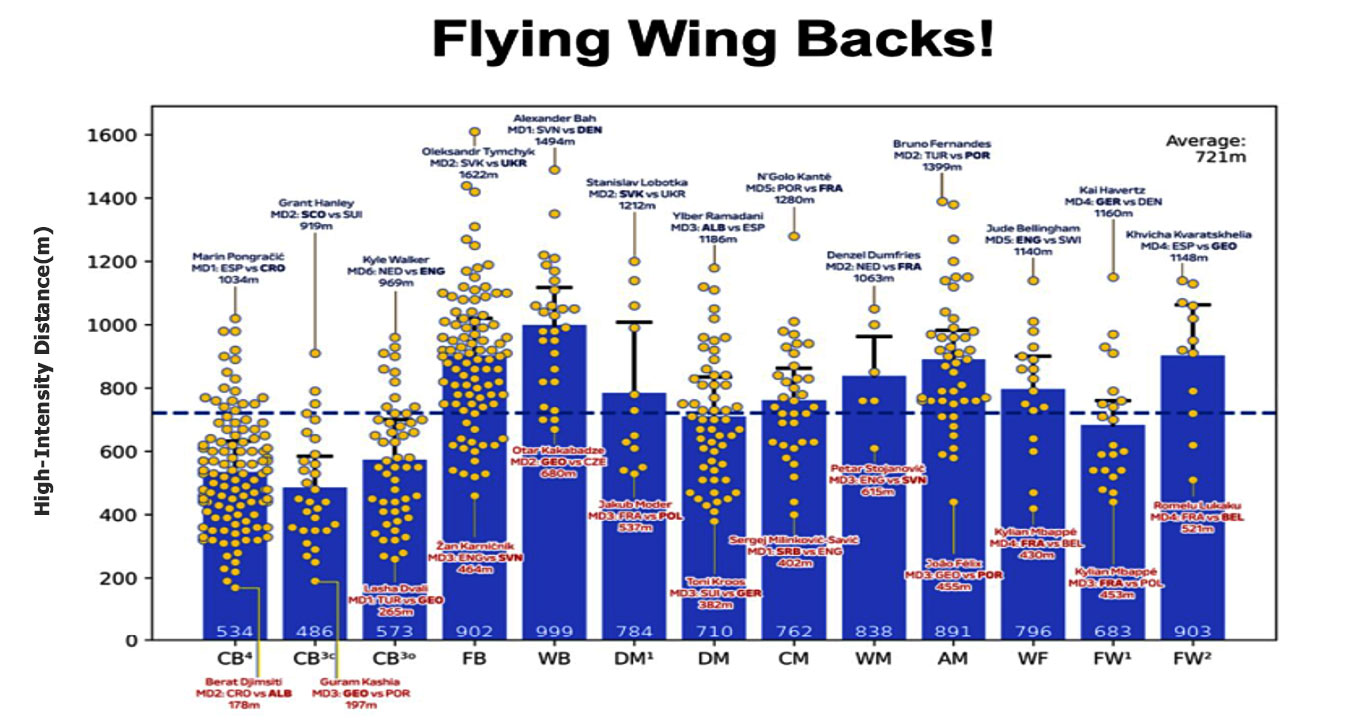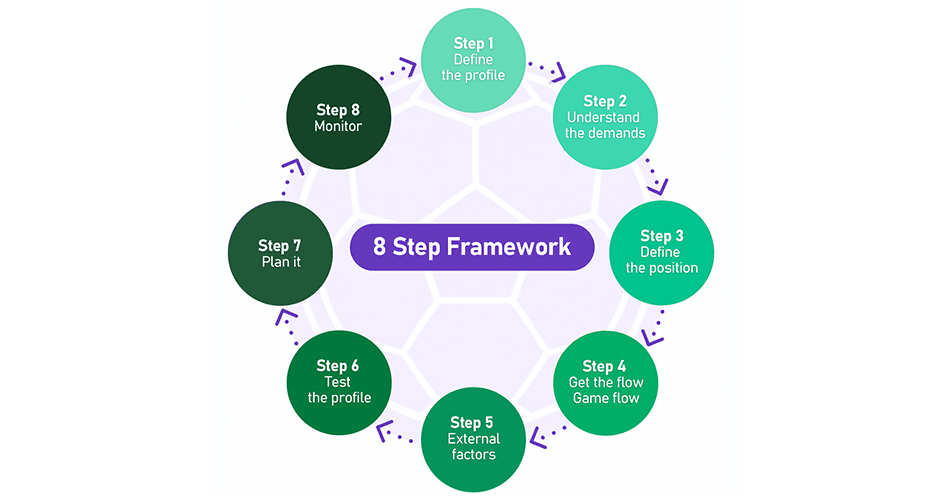Managing Peak Demands and Rehabilitation in Football – Part 2
Introduction
Yesterday, Mladen sent me a voice message:
“Hi Marko, how are you, how is everything? When do you plan to do part 2 of the blog? Haha.”
That was the heads-up call I needed to finally start writing this one.
If you haven’t already, take a moment to read Part 1 – Managing Peak Demands and Rehabilitation in Football. It will help you stay in the flow of what we discussed there.
In the first part, we defined three general player profiles , the hybrid type, the speed-oriented type, and the endurance-oriented type. It’s a simplified model, but simplicity often helps us navigate the complexity of football. The purpose wasn’t to categorize players permanently, but to understand how and why they respond differently to training and match demands.
And that brings us to a crucial question:
Should we build programs based on the player’s profile (testing, trainability, readiness) or based on the demands of their position?
If you ask me, that’s the wrong question. The better one is:
How does the player’s individual profile react to the demands of their position?
Because in reality, profile and position constantly interact. A speed-oriented winger won’t just adapt differently to match demands, over time, the demands of the position will also reshape his physiological and neuromuscular profile.
Now, whether it’s the demands shaping the profile or the profile influencing positional expression is a debate for another day, but what matters for us as practitioners is to recognize that response is the key.
Two players might play the same position, cover the same total distance, and even reach similar high-speed running outputs on GPS, yet, their internal cost and recovery response can be drastically different.
| Position | Speed Profile | Hybrid Profile | Endurance Profile |
|---|---|---|---|
| Wingers (Wide Forwards, Fullbacks) | Strongly Speed-Oriented | ||
| Strikers (9, 10) | Speed / Power Players | ||
| Attacking Midfielders (8/10) | Balanced (need repeated high-intensity + aerobic) | ||
| Central Midfielders (6/8) | Hybrid (some sprints, lots of running) | Good aerobic base needed | |
| Center Backs (CB) | (short, powerful bursts) | ||
| Fullbacks (modern attacking types) | (high sprint requirement) | ||
| Defensive Midfielders (6) | (control zone, cover spaces, aerobic dominant) | ||
| Goalkeepers | Short explosive actions |
Table 1. Positional Demands Across Speed, Hybrid, and Endurance Player Profiles
When we look at how profiles meet positions, it’s not just about where a player plays, but how their physiology expresses the demands of that role. The table above isn’t about rigid categories, but about tendencies, about which profiles usually thrive in certain positional contexts. Wingers and fullbacks, for example, are typically speed-dominant profiles. They live off short bursts, quick recovery between sprints, and high acceleration-deceleration control. In modern football, fullbacks have shifted closer to the hybrid zone, because their positional task is not only to sprint forward but to recover, press, and repeat transitions throughout 90 minutes. Strikers (9s and 10s) blend speed and power, depending on role and playing style. The classic target forward might rely on strength and anaerobic efficiency, while a pressing forward fits closer to the hybrid end, high-intensity repeatability and fast recovery between explosive actions. Attacking midfielders (8/10) are true hybrids, they need to handle constant rhythm changes, link play, and move between zones with intensity. They require both an anaerobic engine and aerobic stability to stay sharp technically under fatigue. Central midfielders (6/8) fall toward the endurance-hybrid spectrum. They control rhythm, link phases, and are involved in almost every transition. Their performance depends less on max speed and more on maintaining consistent high-intensity work and quick decision-making over long durations (not to get confused, all of them need quick decision making :D).
Center backs are a different story, short, reactive power bursts dominate their actions. They might not cover high total distances, but the intensity of their micro-actions (duels, blocks, first steps) demands high activation. Modern fullbacks again deserve a mention, they’re now among the highest sprint-load players in football.

Figure 1. The meters in high intensity distance , the example of flying wing backs
Defensive midfielders lean toward aerobic control. They’re the balancing link, covering zones, intercepting, managing space. They rely on tactical awareness, aerobic base, and efficient movement economy to sustain positioning across the match. Goalkeepers, although often left out of physical profiling, are pure speed-power athletes, reaction, acceleration, and maximal intent over very short time frames.
Now, what can we actually do with this information?
One idea that comes to mind is around testing and monitoring. There’s been a clear shift in the last few years, from traditional testing days toward daily readiness check-ins and continuous monitoring. Many clubs have moved away from the classical “testing day” approach, but I’m not sure we should completely abandon it. I think we need both.
Structured testing days give us a clear, standardized picture of a player’s profile, their physical capacities, imbalances, and trainability. They help define who the player is physiologically. But daily stand-ups, quick readiness screens, wellness questionnaires, jump metrics, or even morning HRV, give us the ongoing storyline. They tell us how that same profile is changing under training and match demands.
Imagine combining both:
testing days to define the athlete, and daily readiness to track the athlete in context.
Now, take it one step further. What if testing wasn’t random or generic, but profile-driven and day-specific? What if we could select a specific test based on what we expect from the player that day, both in terms of positional role and session focus?











Responses